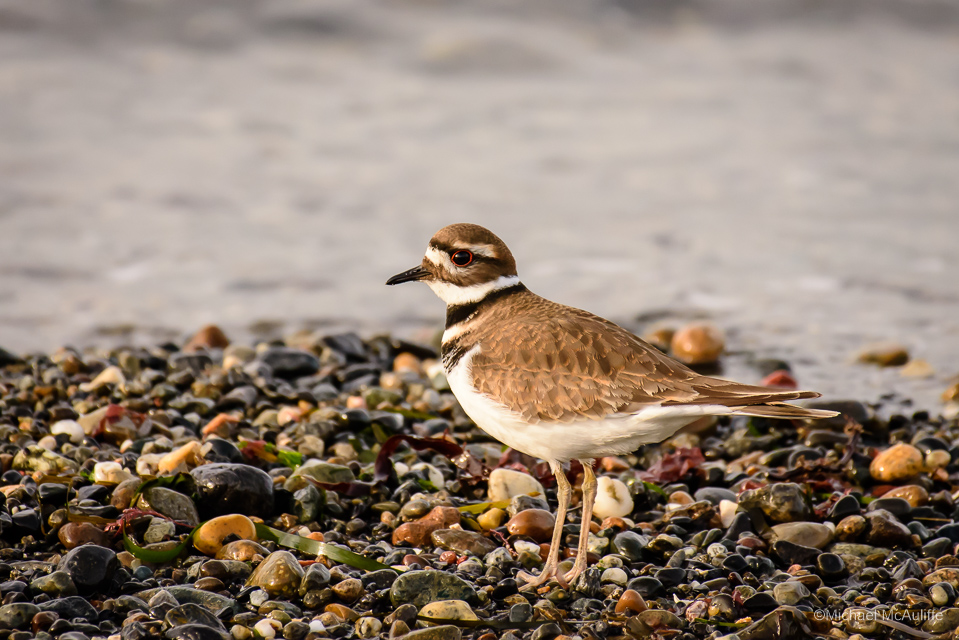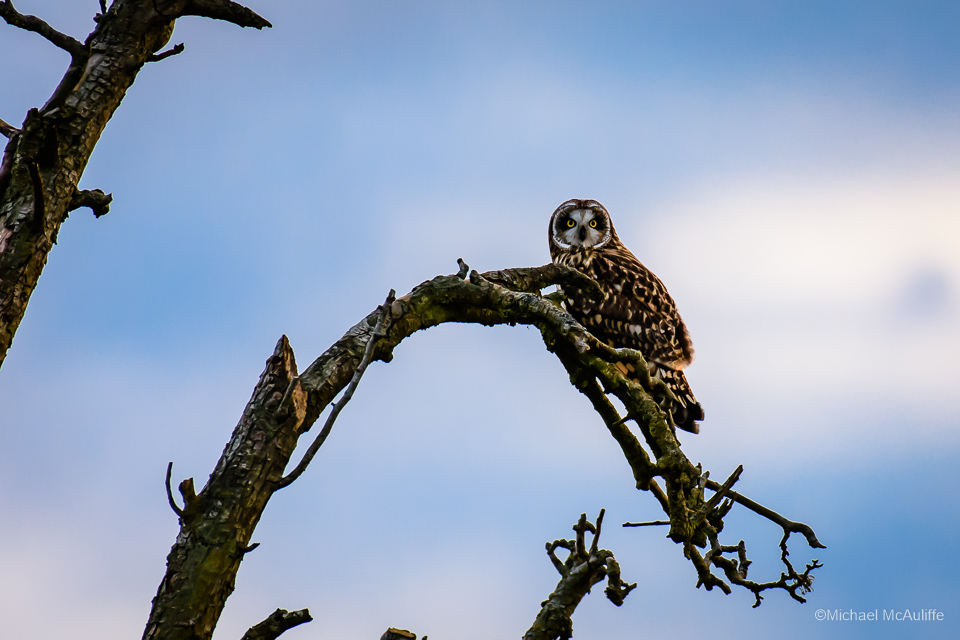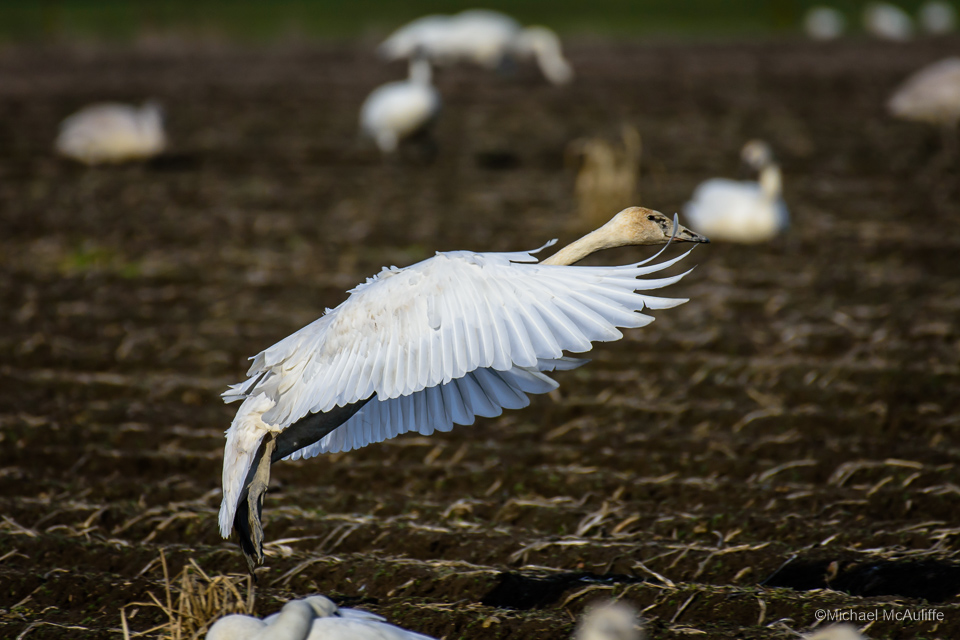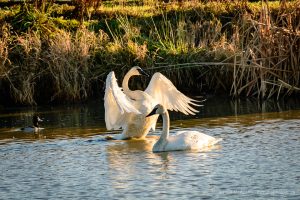As a bird and wildlife photographer, I’m always on the lookout for new telephoto lenses that have the reach needed to photograph small birds and animals, but don’t cost as much as a good used car. Although I would love to have a Nikon 500 or 600mm prime lens, the $10,000 to $12,000 price tag isn’t in my budget. Consequently, I was very interested when Nikon released the AF-S NIKKOR 200-500mm f/5.6 lens, with a relatively low price of $1,399, and recently decided to purchase one. I had a chance to shoot with it several times over the last few weeks, and here are a few initial impressions.

I had been shooting with the Nikon 80-400mm f/4.5-5.6 VR lens, and was very happy with that lens. I was hoping that the new 200-500 f/5.6 would have at least comparable performance and sharpness as the 80-400mm lens, with of course 100 mm of additional reach. After taking the lens out twice for bird photography shoots, my initial impressions are extremely positive. All of the photos in this post were taken with the 200-500mm f/5.6 lens on a Nikon D7200 camera body.
- The additional 100 mm of reach (500mm instead of 400mm) is great to have for bird photography. When shooting smaller or distant birds like the Kildeer in the shot above, I don’t have to crop as much to get a usable image, which will allow me to make larger prints.
- I haven’t done a low-level image comparison, but images shot at 500mm with the new lens, seem to be a bit sharper than images shot at 400mm with my old lens. So far, I’m very happy with the image quality, even with the lens zoomed out as far as it will go.
- The new 200-500mm lens cost $900 less than the 80-400mm lens. Definitely great “bang for the buck!”

I have found a few shortcomings with the 200-500 mm lens.
- The 200-500mm lens is 25 ounces–over 1.5 pounds–heavier than the 80-400mm lens. Since I hand hold the camera for much of my bird photography, it will be interesting to see if the extra weight drives me towards a tripod more often. I shot with the lens without a tripod for about half a day last weekend, including several continuous sessions of over an hour, and my arms didn’t get particularly tired. I’m hopeful that weight won’t be an issue!
- Although the 200-500mm lens has an extra 100mm of reach on the long end, on the short end there are times when I miss being able to drop all the way down to 80mm for an environmental portrait of an animal or a quick landscape shot, without changing lenses.
- It may be my imagination, and I don’t have any real way to measure it, but the 200-50 mm f/5.6 lens seems to focus a little bit more slowly than the 80-400mm lens, at least when first locking onto a flying bird. However, in general, focus performance is very good.

From these first impressions, the Nikon 200-500mm f/5.6 lens is going to become my primary wildlife lens, especially for bird photography. I can imagine that there may be times, especially when photographing larger animals that don’t require 500mm of reach, that I may go back to the smaller and lighter 80-400mm lens, but so far I am loving being able to shoot at 500mm instead of 400mm!

